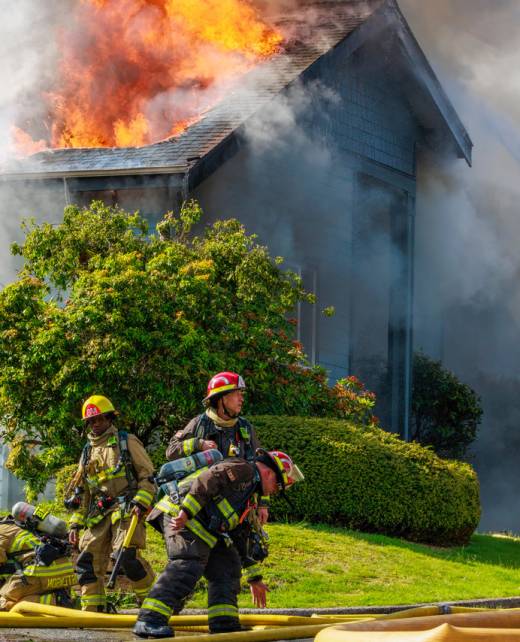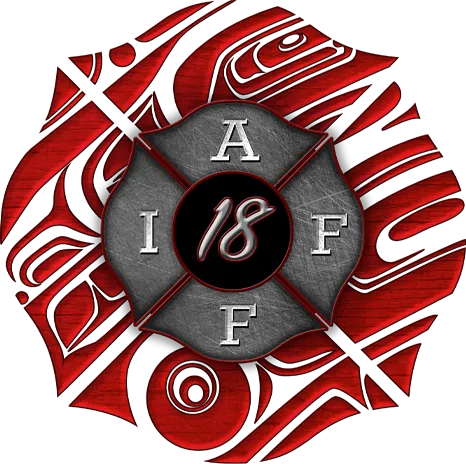
Prevention, Planning & Practise to STAY FIRE SAFE.
Fire Safety
Three Steps to a Fire-Safe Home
Your fire safety plan should include these three home fire protection, prevention and safety components:
01. Prevention Properly-placed smoke alarms will warn everyone in case of fire
02. Planning A good fire-escape plan will lead people out safely to a common meeting area.
02. Practise Practise will make sure everyone in your home will follow the plan in an emergency.
- Install several smoke alarms in your home. Place at least one on every level. Consider installing additional alarms in bedrooms of heavy sleepers and children.
- Connect hard-wired smoke alarms directly to the backup power system, or install a battery-powered smoke alarm on every level of your home in case of power failure.
- Test smoke alarms every month. Replace backup batteries once a year.
- Vacuum smoke alarms at least once every six months. Replace smoke alarms as specified by the manufacturer.
- Make sure everyone sleeps with their bedroom door closed at night. This will help to keep fire and smoke out of bedrooms and will provide you with valuable time to make your escape.
- Draw a floor plan of your home and identify two ways out of every room. Windows can be your second way out, but make sure that everyone can open the locks and windows easily from the inside. Any security bars on the windows must have a quick-release mechanism so you can get out safely.
- Choose a family meeting place a safe distance from the front of your home. Call 9-1-1 to report a fire after everyone has reached the safe meeting place.
- Make sure your plan considers people with mobility issues and young children who may require assistance from others in order to get out safely.
- If you use mobility equipment, such as a wheelchair or a walker, make sure that it is easy for others to find if you need help.
- Practise getting out of your home by all exits, by holding fire drills for the entire family.
- When the smoke alarm sounds, expect that you must get out immediately. Do not stop to collect possessions or pets.
- Always stay low to avoid smoke, and to stay in the cleanest air.
- Feel any closed doors for heat before opening – stay low behind the door and feel the door from the bottom up to and including the door handle.
- If the door and handle feel cool, open the door slightly and look outside. If it looks safe, then leave the building, and head for your family meeting place.
- If the door or handle feels warm, or you see smoke or flames beyond the door, make sure it is shut and use your second escape route. If you must escape from an upper window, make sure you have a safe way to reach the ground such as a fire-escape ladder.
- If you are trapped in a room, seal the openings around the door and vents with clothing or blankets. Call 9-1-1 and tell the fire department that you are trapped inside. If it is safe to do so, open the window, turn the light on, and signal and call for help.
Find out more about fire and life safety
Vancouver Fire and Rescue Services teach fire and life safety courses where you can learn valuable life and safety skills, and gain hands on fire extinguishing experience. Register yourself, or arrange for us to teach your group to prevent fires in your home, business, school, and other private and public places.
